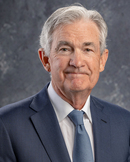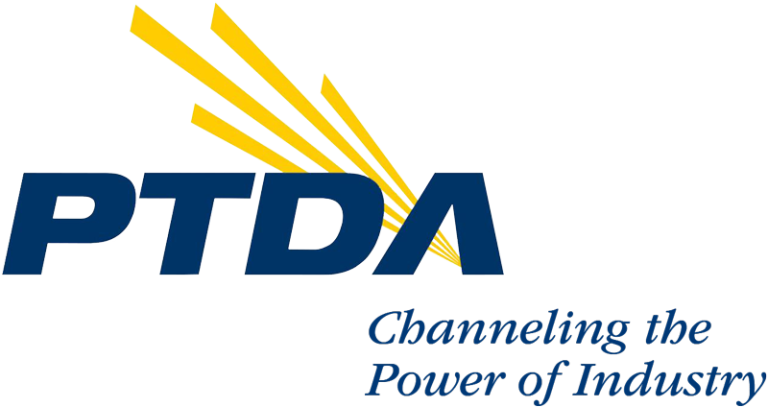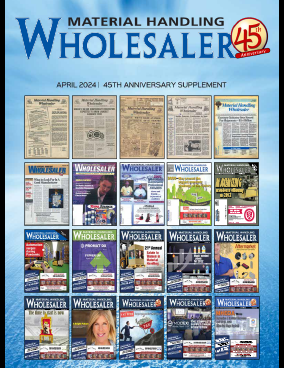The Federal Reserve held the federal funds rate steady at a target range of 4.25% to 4.5% for the fifth meeting in a row. For the first time since December 1993, two members of the committee dissented, instead favoring a quarter-point cut to the federal funds rate. In announcing the decision, Fed Chair Jerome Powell said, “The economy is not performing as if overly restrictive monetary policy is holding it back.”
“Looking past the oscillations caused by trade, the latest GDP report showed continued spending by consumers on goods and investment in new equipment. Powell acknowledged that the current level of interest rates is not overly restrictive and the outsized demand for manufacturing technology in the first half of 2025 appears to confirm this outlook,” said Christopher Chidzik, principal economist of AMT – The Association For Manufacturing Technology. “Should the economy continue to operate at or near full employment as Powell has asserted in the past two meetings, further investment in manufacturing technology may be required to meet sustained consumer demand.”
Although swings in net exports continue to affect the data, recent indicators suggest that the growth of economic activity moderated in the first half of the year. The unemployment rate remains low, and labor market conditions remain solid. Inflation remains somewhat elevated.
The Committee seeks to achieve maximum employment and inflation at the rate of 2 percent over the longer run. Uncertainty about the economic outlook remains elevated. The Committee is attentive to the risks to both sides of its dual mandate.
In support of its goals, the Committee decided to maintain the target range for the federal funds rate at 4-1/4 to 4-1/2 percent. In considering the extent and timing of additional adjustments to the target range for the federal funds rate, the Committee will carefully assess incoming data, the evolving outlook, and the balance of risks. The Committee will continue reducing its holdings of Treasury securities, agency debt, and agency mortgage‑backed securities. The Committee is strongly committed to supporting maximum employment and returning inflation to its 2 percent objective.
In assessing the appropriate stance of monetary policy, the Committee will continue to monitor the implications of incoming information for the economic outlook. The Committee would be prepared to adjust the stance of monetary policy as appropriate if risks emerge that could impede the attainment of the Committee’s goals. The Committee’s assessments will take into account a wide range of information, including readings on labor market conditions, inflation pressures and inflation expectations, and financial and international developments.
Voting for the monetary policy action were Jerome H. Powell, Chair; John C. Williams, Vice Chair; Michael S. Barr; Susan M. Collins; Lisa D. Cook; Austan D. Goolsbee; Philip N. Jefferson; Alberto G. Musalem; and Jeffrey R. Schmid. Voting against this action were Michelle W. Bowman and Christopher J. Waller, who preferred to lower the target range for the federal funds rate by 1/4 percentage point at this meeting. Absent and not voting was Adriana D. Kugler.











